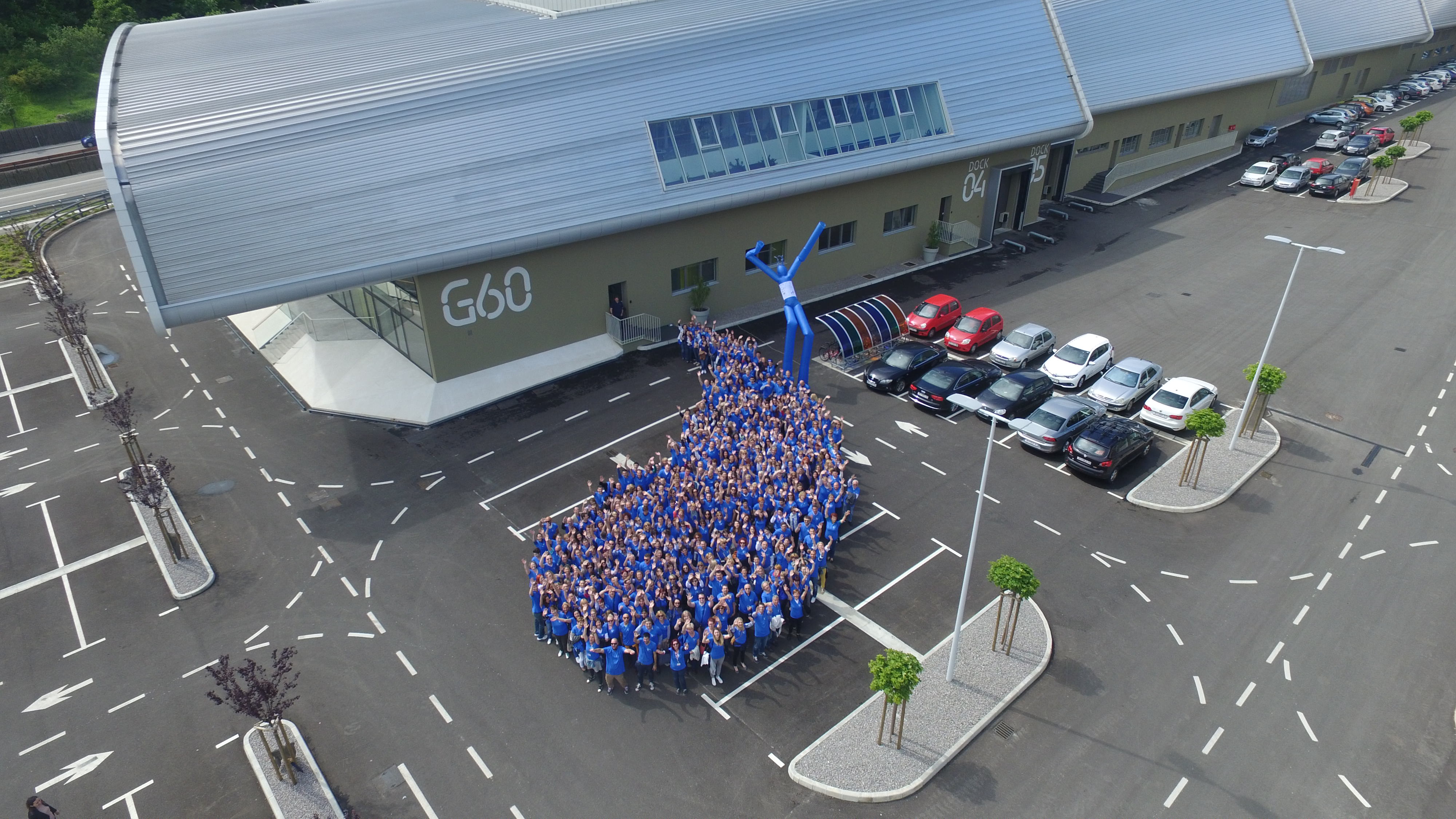
- Employees 1283
- LOCATION Rijeka, Croatia (HQ)
- INDUSTRY Pharmaceutical
About company
JGL is the largest Croatian owned pharmaceutical company with a global reach and an innovative leader in the therapeutic areas of flu and colds, ophthalmology, and dermatology. The company is headquartered in Rijeka, Croatia and operates in a total of 60 markets worldwide, either directly or through partners. Its portfolio includes 150 brands, 300 products, and 650 variations adapted to the needs of specific markets. With a mission to improve quality of life through caring for the health of its customers, JGL aims to deliver safe and effective products, honest and dedicated service and build strong partnerships. JGL Group currently employs over 1,280 people, compared to about twenty when the company was founded in 1991.
The greatest value of JGL lies in its people; they are the ones who make the difference and achieve the company’s vision and goals. At JGL, we are committed to cultivating a corporate culture, supporting core values, and ensuring employee well-being by providing a safe and stimulating work environment, opportunities for professional development and a balance between private and professional life. For these reasons, climate surveys are an important process at JGL, helping us identify weaknesses and maintain the positive aspects that keep employees satisfied.
In times of significant labor market instability, focusing on employee well-being is even more crucial. This is why we are focused on solutions that can aid in the continuous improvement of the work environment, with one such solution being the Luppa tool.
The challenge: Labor market instability
Given the size and structure of the organization, before implementing the Luppa tool, our regular process for assessing organizational climate and creating action plans took over four months. After the completion of the survey, it took up to six weeks to process the results, prepare reports and deliver them to all organizational levels. This time lag affected motivation and engagement in creating action plans, as everyone in the organization had already shifted focus to other topics and processes.
Since the primary purpose of this process is to implement changes based on employee feedback, it was crucial to provide timely results at all levels of the company to ensure a quick response and fulfill the purpose.
Goals:
- Reduce the time needed to obtain and distribute climate survey results to managers
- Ensure timely feedback for all levels of employees (managers, staff, and executives)
- Promptly start analyzing the results, making decisions and creating team action plans
Our solution
By implementing the digital Luppa tool, we improved and optimized our organizational climate and employee engagement survey process and resolved issues encountered in previous years. The Luppa tool reduced the time needed to obtain reports from six weeks to one day, as managers now have direct access to the tool and can view results the day after the survey concludes. Managers were trained on using the new tool and interpreting reports correctly.
This advancement at JGL occurred in several phases:
In the initial phase, report generation was handled by our partners with the mentioned time lag, so it took six weeks from the end of the survey to report delivery to teams.
In the second phase, the Luppa tool was introduced, speeding up the process as JGL's Corporate HR gained access to the tool and results and independently distributed reports to managers. This phase reduced the process to three weeks.
The most significant progress was achieved in the latest 2023 survey, when further development of the tool included granting licenses to JGL managers, allowing them direct access. This enabled them to start reviewing results independently the day after the survey ended. Managers can now gather their teams immediately after the survey, present the results, and collaboratively create action plans, which are developed at the team and company levels. At the same time, Corporate HR no longer needs to spend time on report distribution and process administration, allowing them to focus on shaping future initiatives and key areas for improvement.
Key benefits
-
Significantly reduced time required for reporting results
-
Accelerated processing of results
-
Timely creation of action plans
-
Timely feedback for all employee levels


